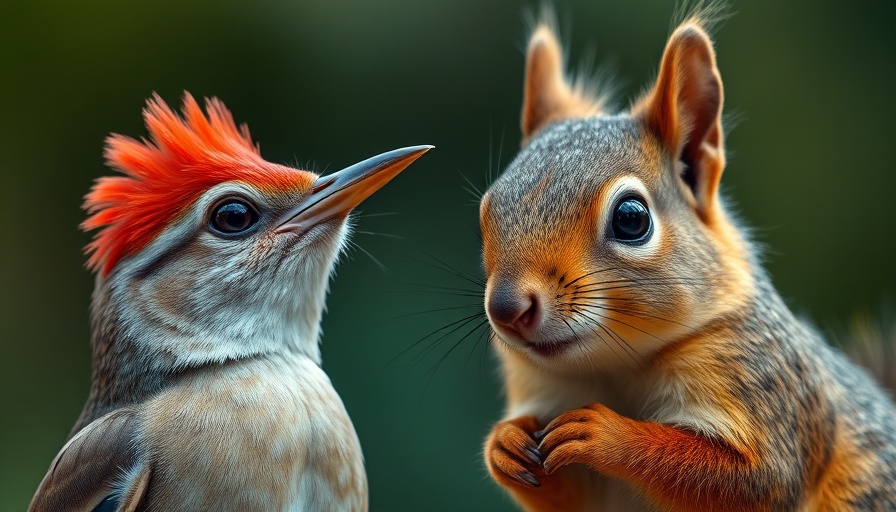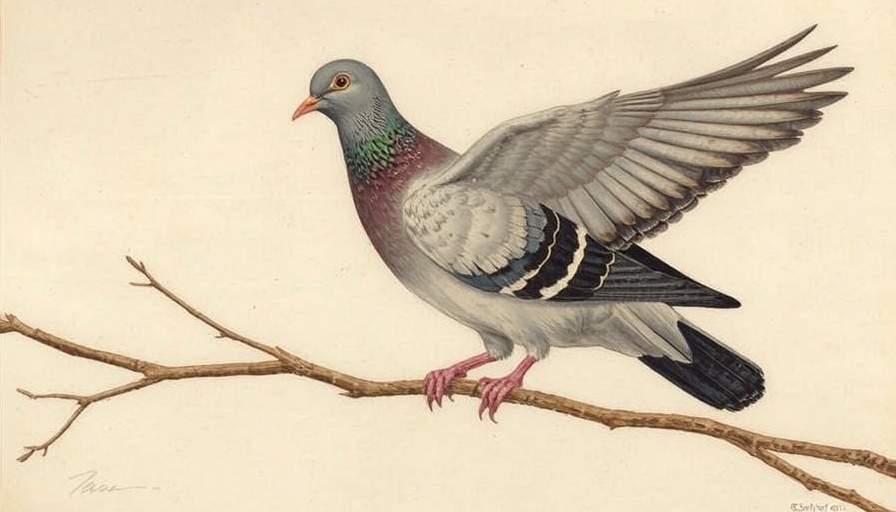
Introducing the Sounds of Nature: Squirrels and Birds
Understanding the vast array of sounds in nature can enhance anyone's experience outdoors. Whether you are an avid birder or a casual hiker, being able to identify different animal vocalizations can immerse you deeper into the environment. Surprisingly, squirrels and birds often share similar auditory cues that can leave even the most seasoned nature enthusiast puzzled.
Distinguishing Vocalizations: Squirrels vs. Birds
As noted in the recent BirdNote segment titled "Squirrel or Bird?" discerning between animal calls is pivotal for nature enthusiasts. For example, the Fox Squirrel emits alarm barks that might initially resemble the Red-bellied Woodpecker's calls. The key difference lies in the frequency and tone—squirrel barks are typically more throaty and frequent compared to the woodpecker’s distinctive rhythms. Such variations highlight the importance of training your ears to recognize the unique characteristics of each species.
Cultivating a Deeper Connection: Nature's Playful Sounds
Learning to identify nature's sounds isn’t just a practical skill. It cultivates a deeper connection with the environment. The Eastern Chipmunk, for instance, produces a cheerful trill that some might confuse with the calls of a kingbird. Engaging with the auditory landscape can increase appreciation for wildlife and their behaviors. As you grow familiar with these sounds, you reveal an intricate narrative of communication among species that intertwines with the ecosystem.
Using Technology to Enhance Your Learning
For many, technology serves as a great ally in recognizing wildlife sounds. The Merlin Bird ID app offers a Sound ID feature, which actively listens for bird calls and provides instant identification suggestions. This application can prove invaluable for those aiming to distinguish between similar calls, such as those similar to squirrel vocalizations.
Incorporating these tools can make the journey of sound identification less daunting. Each recording not only contributes to your personal knowledge but also aids conservation efforts through citizen science initiatives.
Conclusion: Your Journey into Sound Identification Awaits
Whether you're captivated by the rush of a squirrel's barks or the melodic notes of a woodpecker, the beauty of sound identification lies in its accessibility. By honing your listening skills, utilizing technological aids, and engaging with nature, you can transform your outdoor experiences. With practice, identifying the various sounds will become second nature, allowing you to appreciate the rich symphony of wildlife surrounding you.
 Add Row
Add Row  Add
Add 




Write A Comment